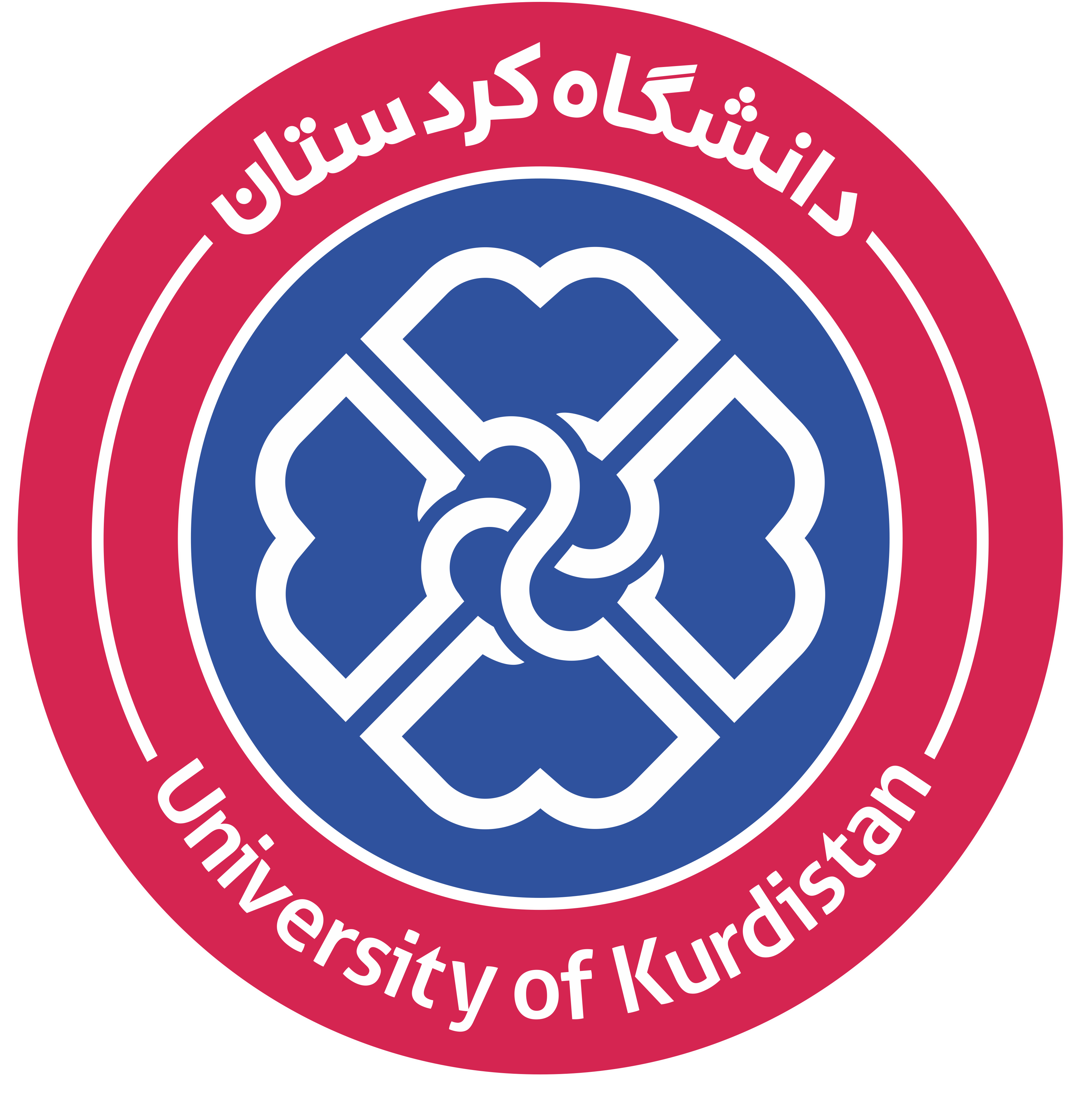Update: 2025-09-23
Farhad Mohammadi
Faculty of Language and Literature / Department of Kurdish language and literature
Master Theses
-
The connotations of color in the poems of Shirko Biks and Mehdi Akhwan salas
2024Color can be considered one of the important visual elements in art and literature, which can be used to give artistic and literary works a special effect, increase the clarity of imagery, and convey a social or psychological message. Colors exist in three artistic platforms of psychology and symbolism, in the first platform the meaning of colors is presented in the form of art schools, the second platform in which color is formed is the psychological and mental platform, in fact colors have meanings and reactions Special for most people. They create, as yellow is associated with the reaction of laziness and red with excitement, but the colors refer to a meaning beyond objective descriptions and mental references, which expresses their symbolic and social dimension, if black color can be a symbol of suffocation and political tyranny, this kind of reference to color has a general aspect and the space of time, place and Culture is effective in creating it. In this research, firstly, the three mentioned bases of color have been examined, in addition, contemporary philosophical theories about this category have been examined, which show the dynamics and meaningfulness of a single color more and give a new perspective and approach to this research, among these theories It is Wittgenstein's theory of colors that places colors in the language games of cultures and societies, which means that a single color, influenced by the environment and the mentality of its users, evokes different meanings, these language games about color can be different in different societies. In addition to bringing up the language games in relation or meaning of colors, fixed hinge statements of their meaning which have been changed by the literary language of two poets have been examined and finally, the results of the comparison of these two issues have been presented.
-
Representation of Armenian culture and Christianity in the works of Zoya Pirzad
2023The culture of each society has characteristics that distinguish it from other cultures, by examining the culture of each society, one can gain knowledge about the secrets and angles of the people's lives in that society, and due to the deep connection that literature has with the culture of each society, the culture of each land is always It was reflected openly and sometimes secretly in the society's literature. Meanwhile, in the works of many contemporary authors, cultural components have a high frequency. Zoya Pirzad is one of the first Armenian-speaking writers in Iran, who has written two novels in Farsi, I turn off the lights, we get used to them, and she has written the story of three books. with the great community that surrounds it. It has been stated and in this research, the reflection of Christian culture and religion in the works of Pirzad has been discussed. The research method in this research is descriptive and analytical, which examines Pirzad's works within the framework of the subject, and also the method of collecting information is in the form of a library. Based on the results obtained, the role of Armenian culture and Christianity has had a significant impact on Pirzad's works.
-
Comparison of Simile in the poetry of Forough farrokhzad and jaleh Esfahani: Structural and content analysis
2023Simile is one of the main elements of imagery and according to many scholars of rhetoric, it is the most important art of expression and poetry is known for it. Simile can be useful for understanding the aspects of beauty and the concept of poetry, as well as the poet's attitude and tendency and poetic style. Forough Farrokhzad and Jaleh Esfahani are among the contemporary poets who have beautifully used this element and its elements in different ways in expressing their thoughts, feelings, emotions and worldview and have created pristine and original images. In the present study, which was carried out in a descriptive-analytical way, the similes in three poetry notebooks of each of these two poets have been discussed and investigated in terms of structure and content. From a structural point of view, in the poetry of both poets, eloquent, detailed, tangible similes and singular to singular similes contain a larger volume of notebooks than other types of similes, which is also shown by statistics and graphs. The meaning and content of similes in Forough's poem can be divided into five main areas: "philosophical, social, psychological, femininity and description". The investigations carried out from the semantic dimension in Forough's similes show his thoughts of despair, pessimism, despair, loneliness and death thoughts due to the bitter experiences of his married life and the lack of support and distance from his children in the first stage of being a poet; But in the second stage of his poetry, we witness intellectual and inner evolution and completely dynamic and meaning-seeking thoughts in his poetry; In fact, Forough seeks to build his ideal world in this world. On the other hand, the semantic and content direction of the similes of Jale Esfahani's poem is divided into four time domains including "past, present, future and absolute". The frequency of concepts related to the present time domain compared to other time domains in her similes is significant. The semantic direction of the similes in Zhaleh's poem shows that she is a poet full of hope and enthusiasm. She firmly and steadfastly resists the hardships and problems of the times and uses all his efforts to make his dreams come true.















